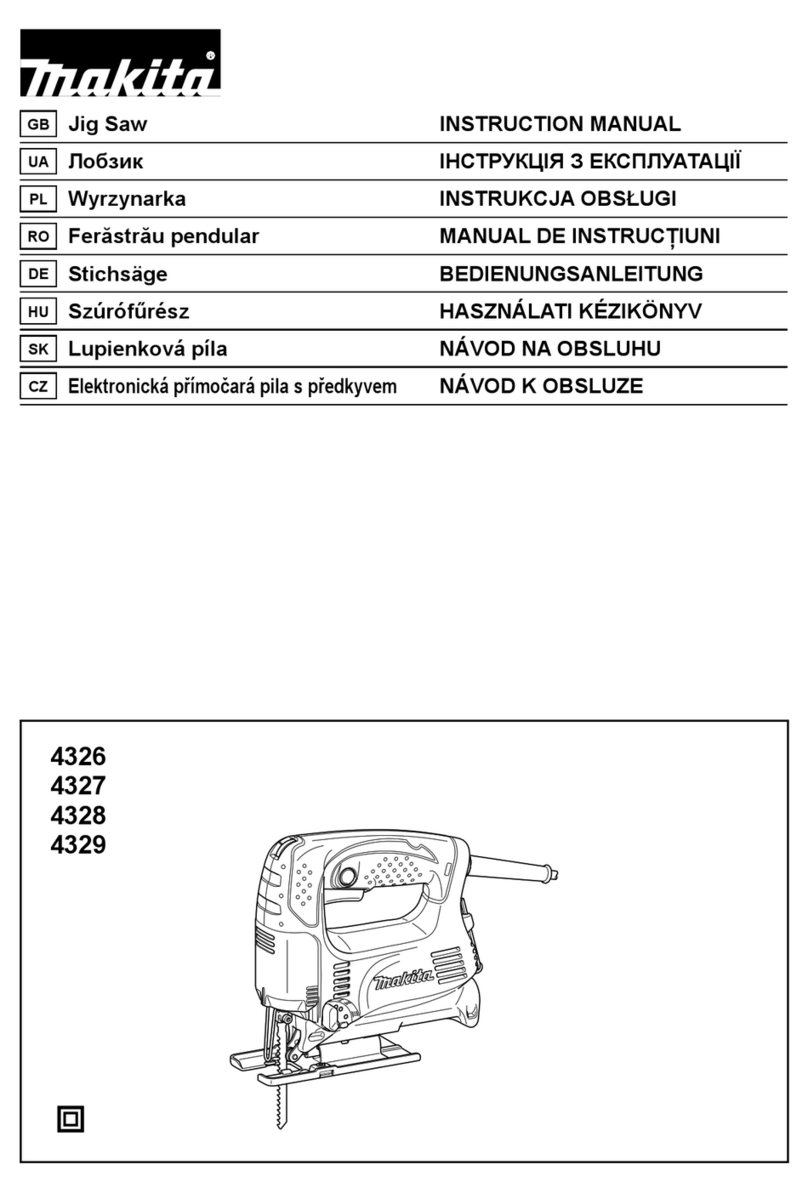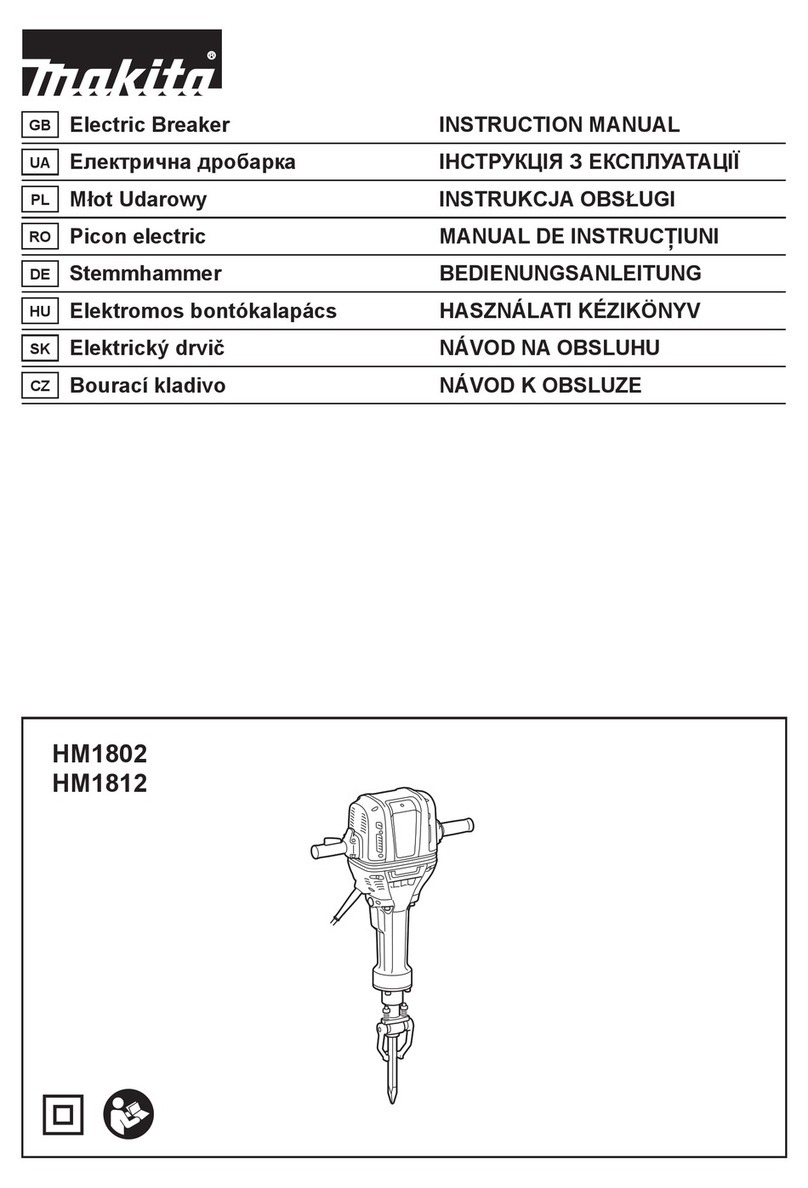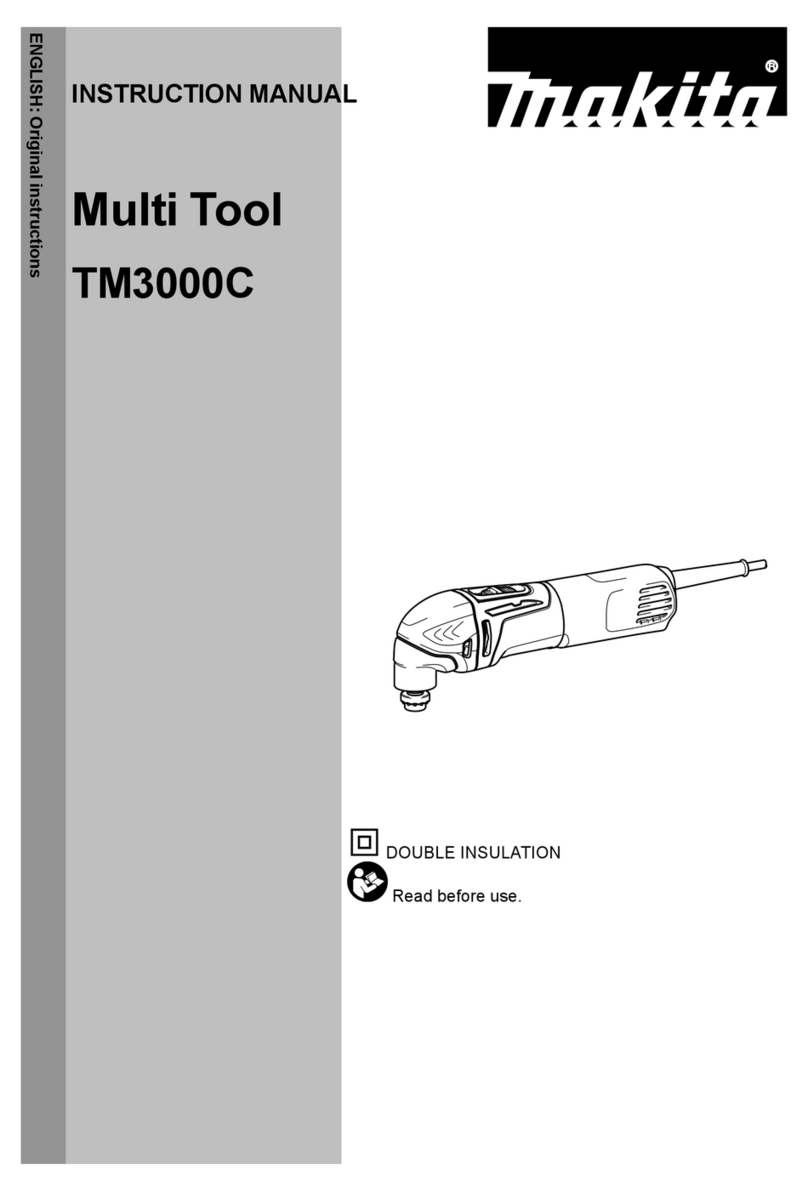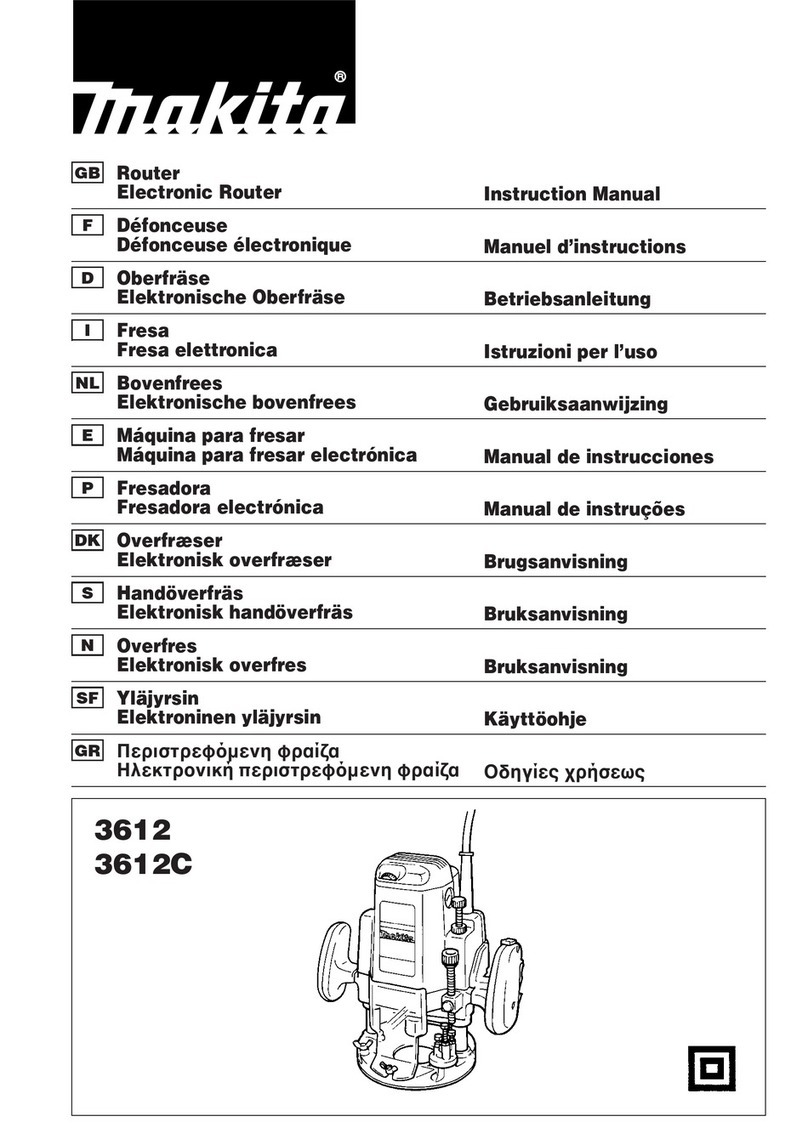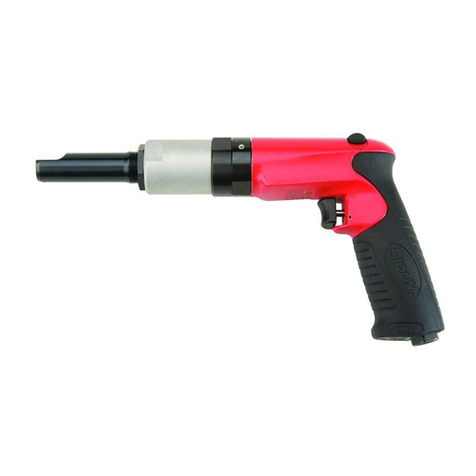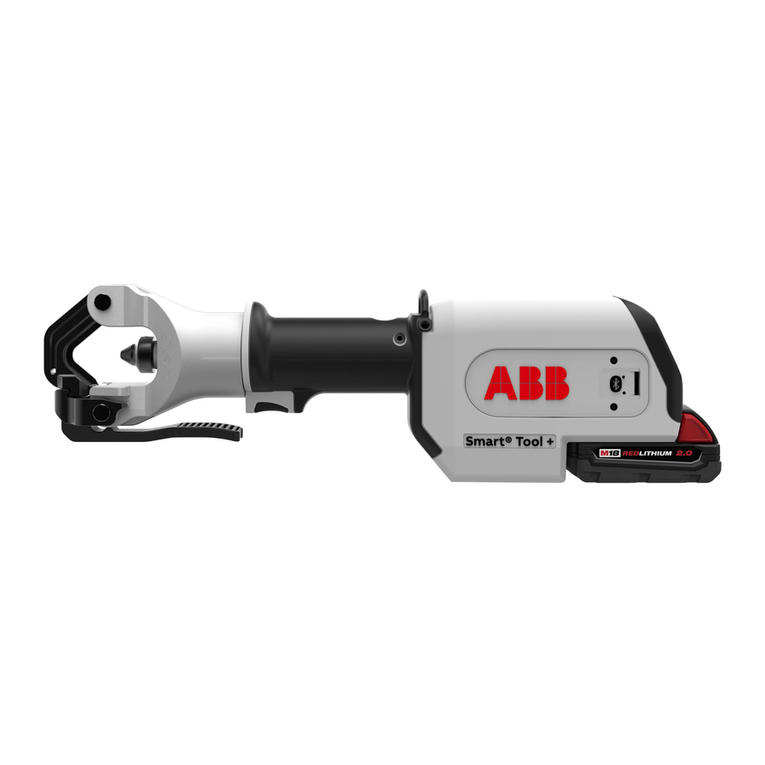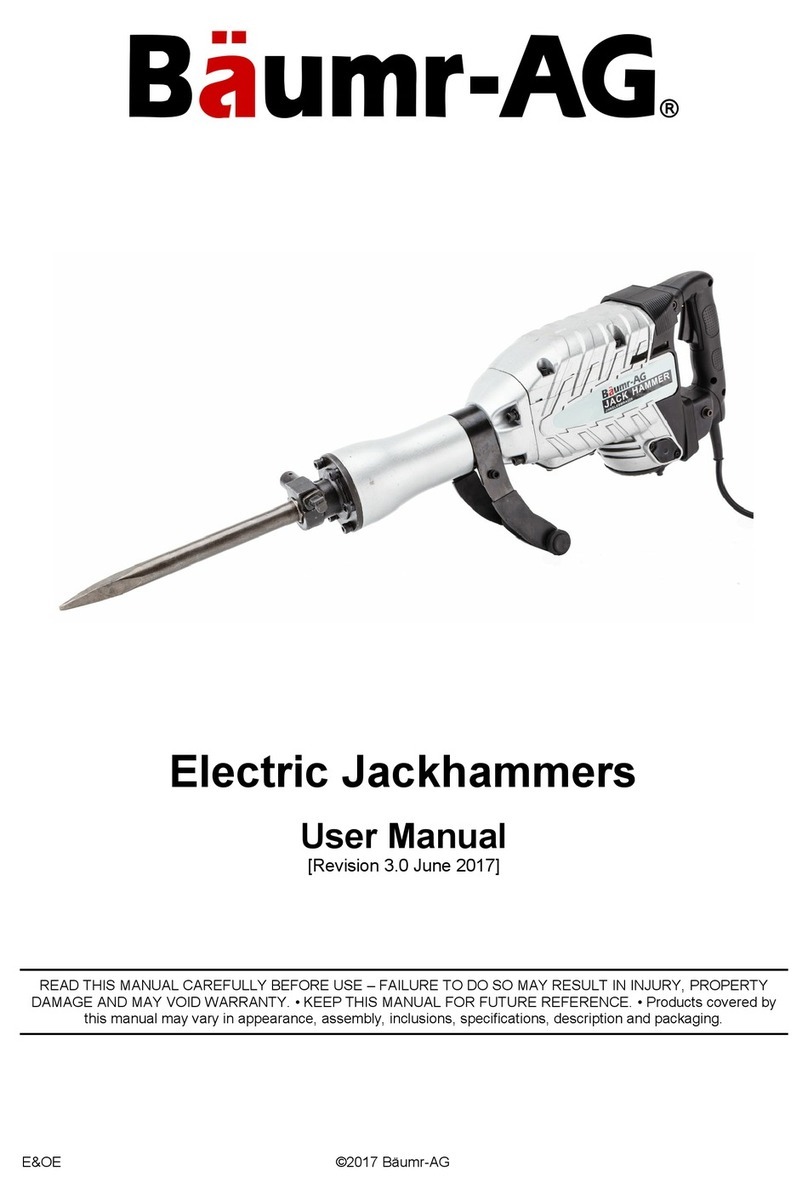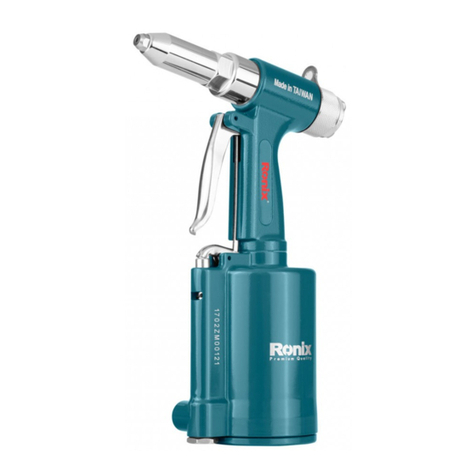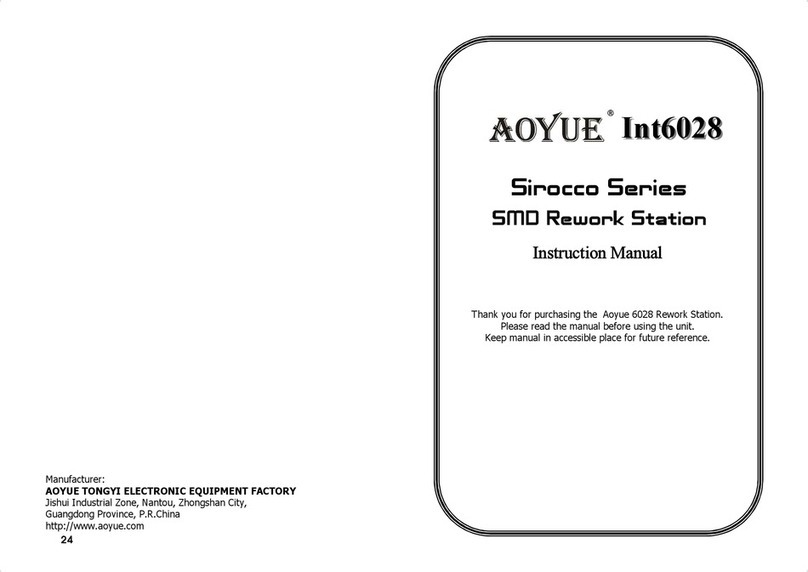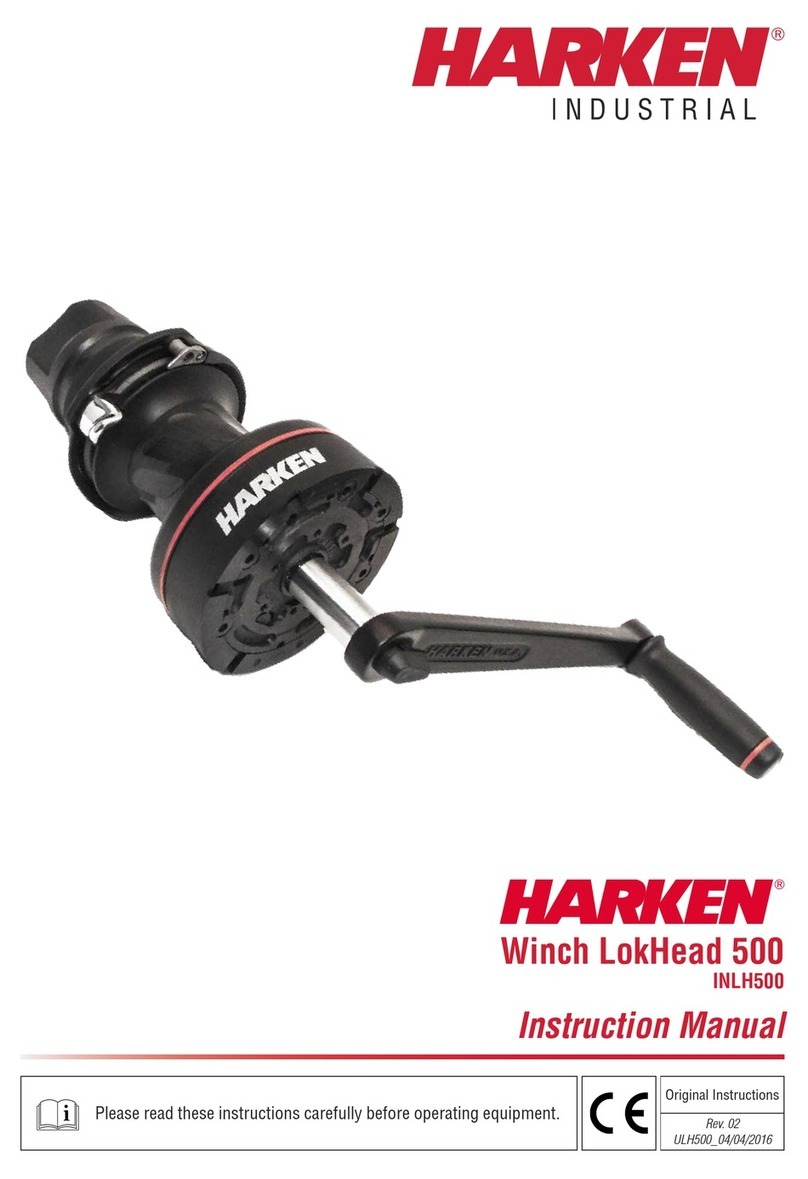Makita 4331DZ User manual
Other Makita Power Tools manuals
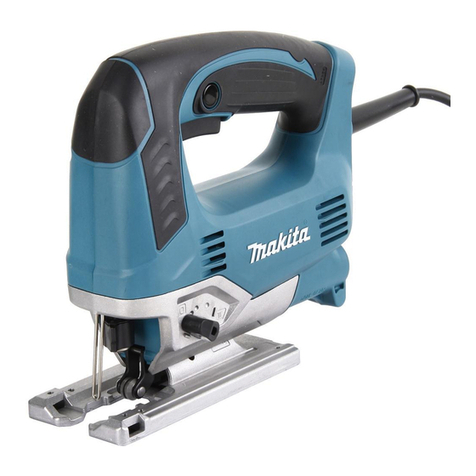
Makita
Makita JV0600 User manual
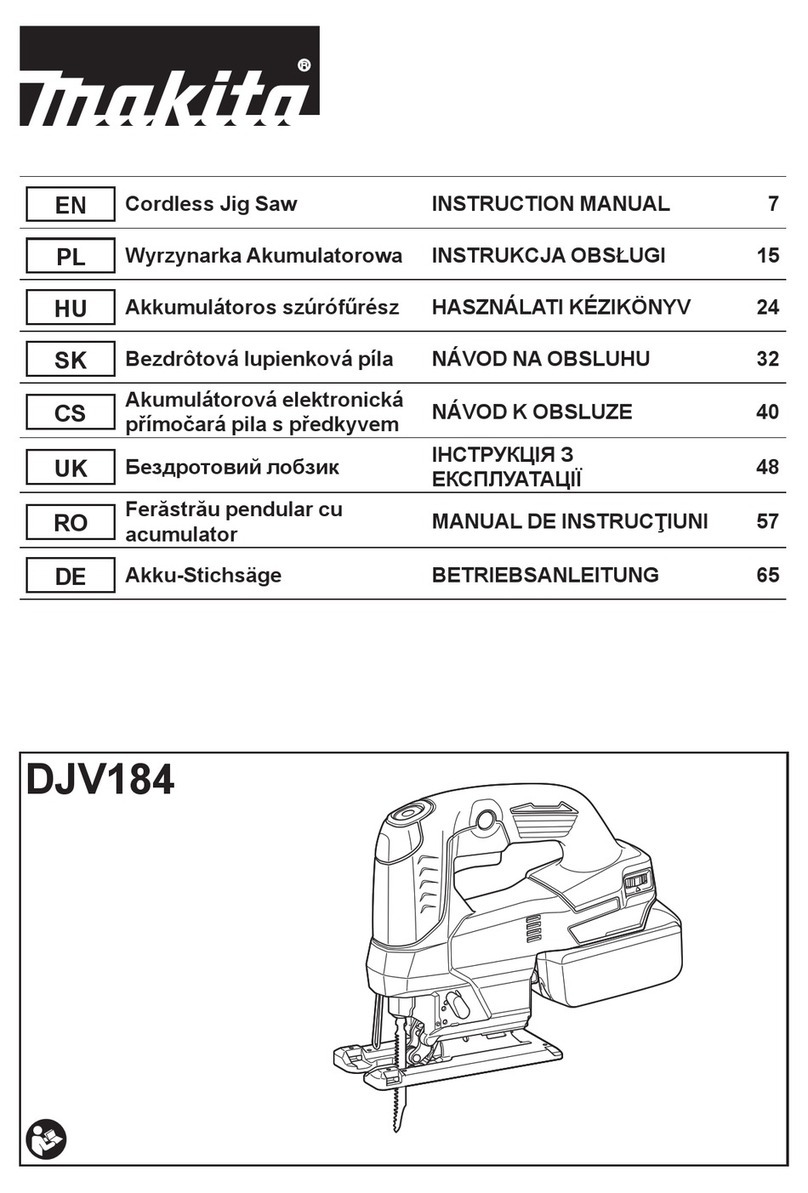
Makita
Makita DJV184 User manual
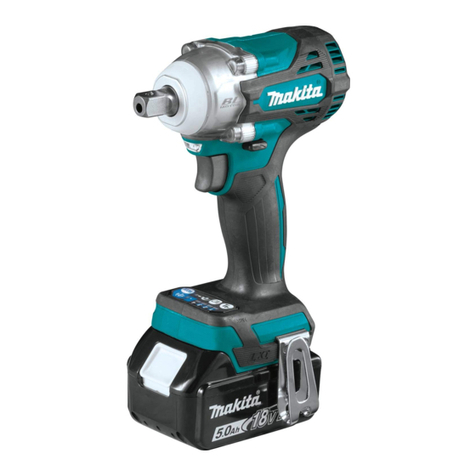
Makita
Makita XWT14 User manual

Makita
Makita 3620 User manual

Makita
Makita 3706 User manual
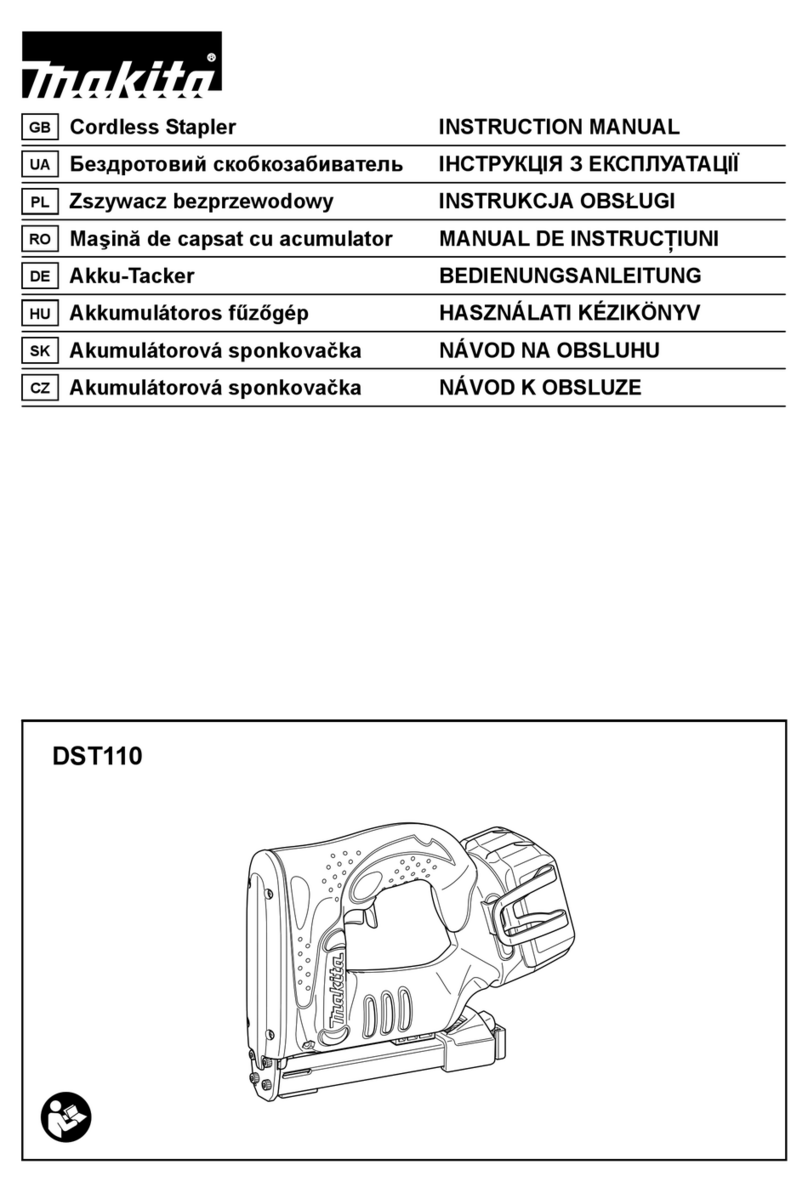
Makita
Makita DST110 User manual

Makita
Makita HR2475 User manual
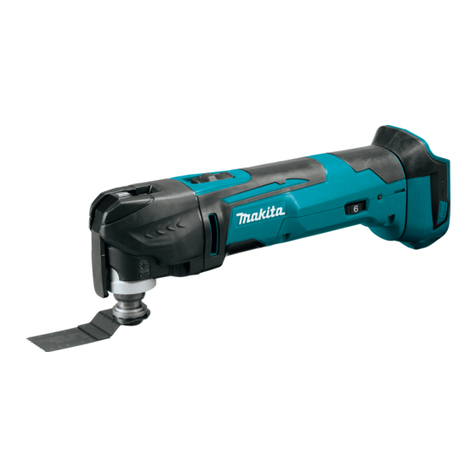
Makita
Makita xmt03 User manual
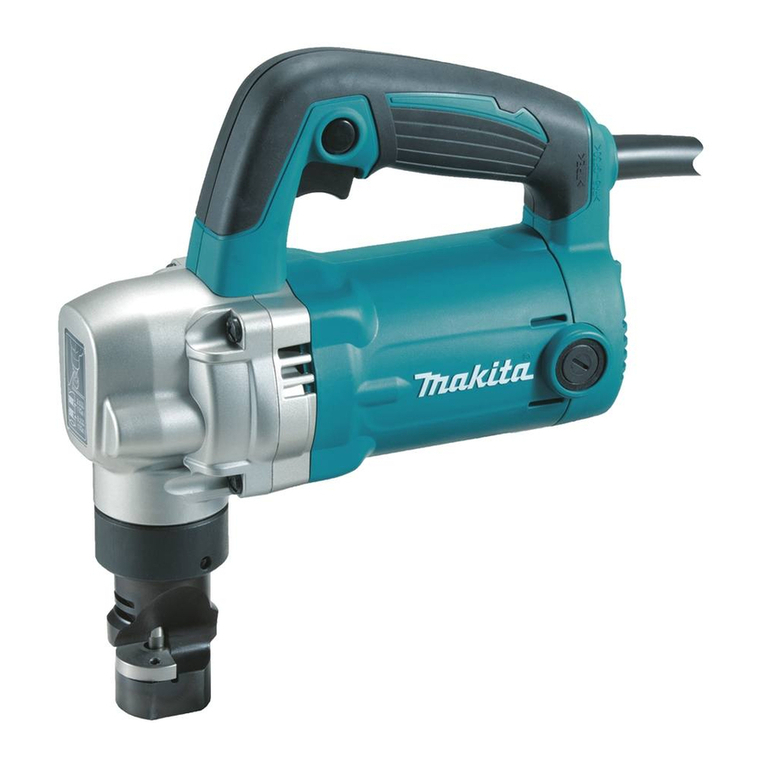
Makita
Makita JN3201 User manual
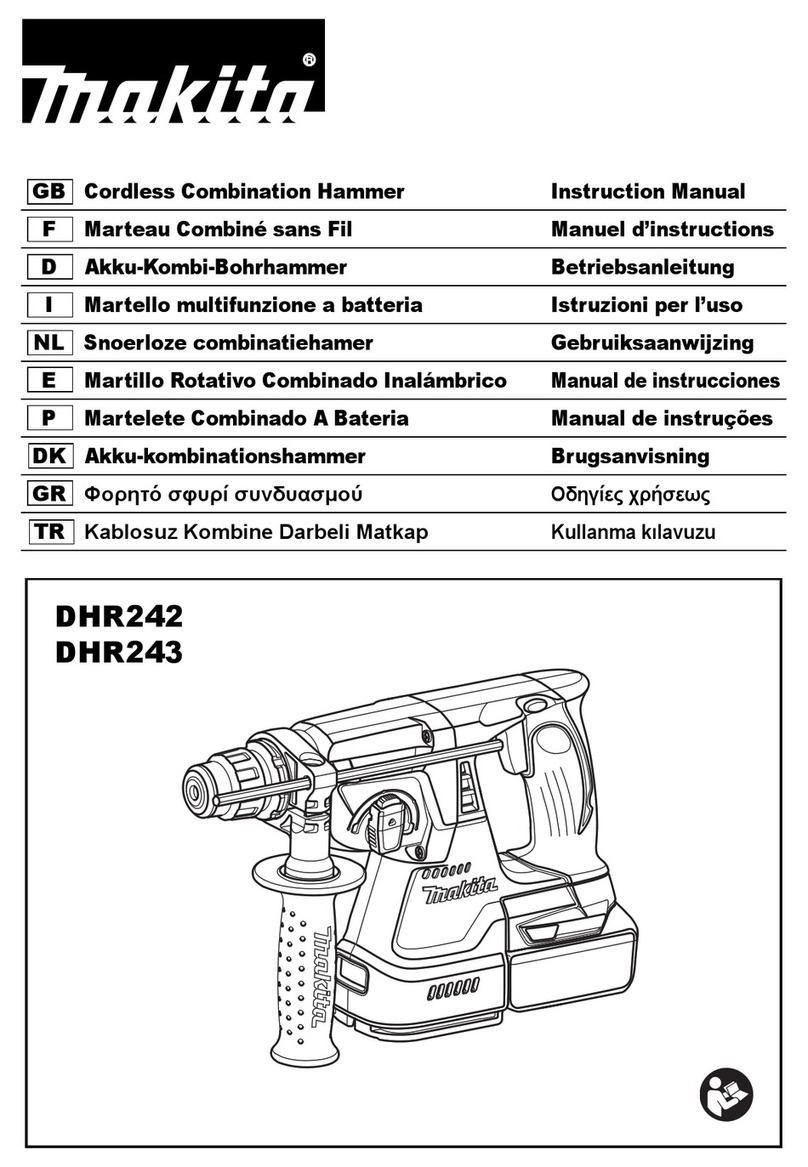
Makita
Makita DHR242 User manual
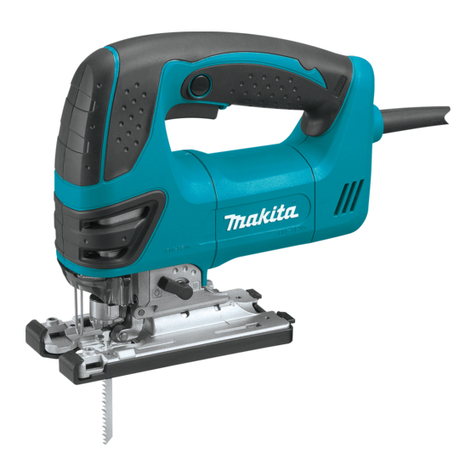
Makita
Makita 4350FCT/1 User manual
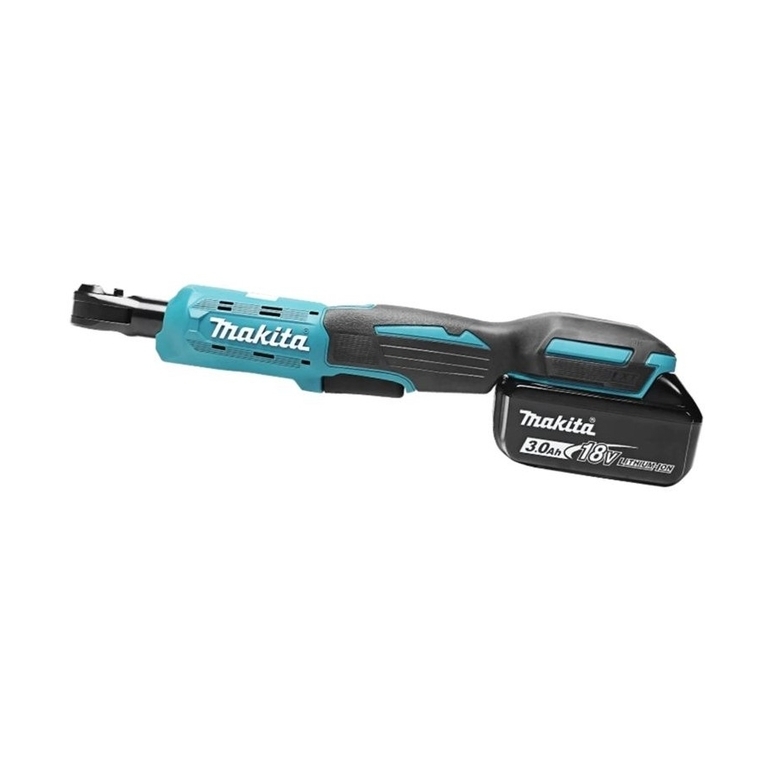
Makita
Makita DWR180 User manual
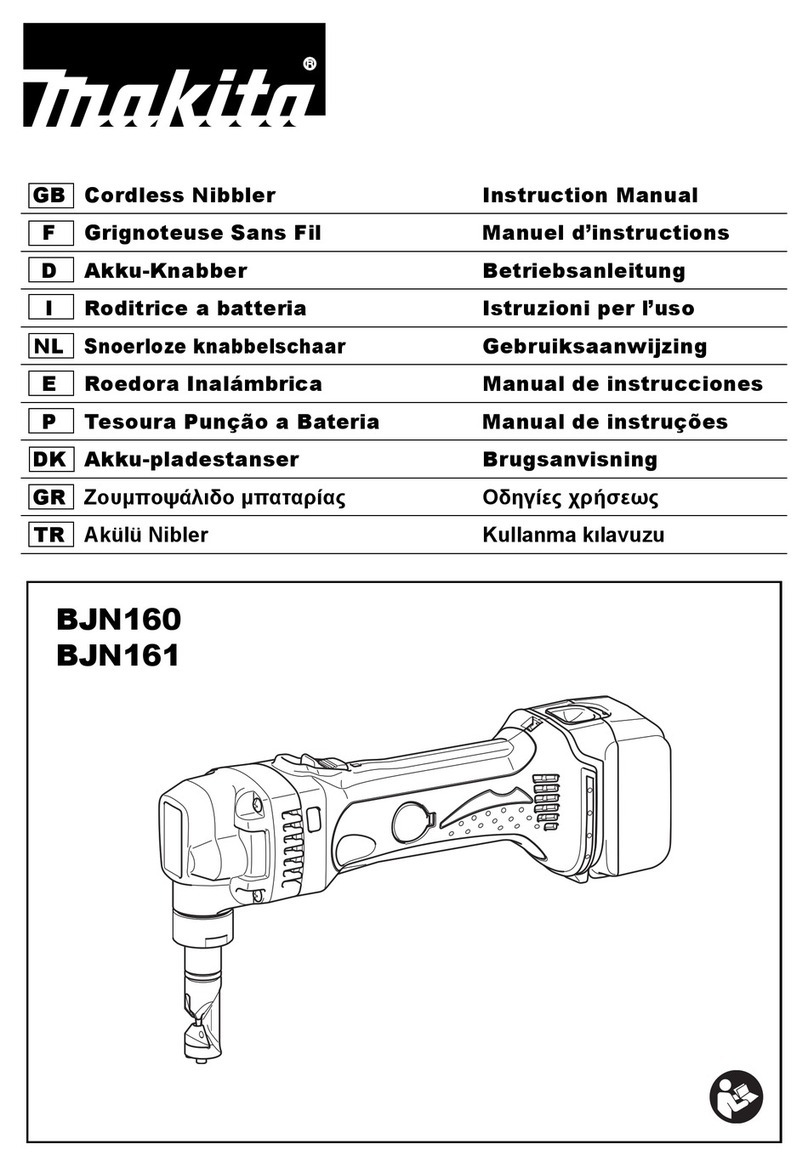
Makita
Makita BJN160 User manual

Makita
Makita JN1601 User manual
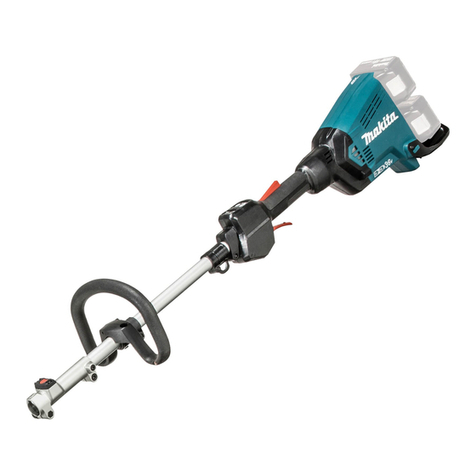
Makita
Makita DUX60 User manual

Makita
Makita JV0600 User manual
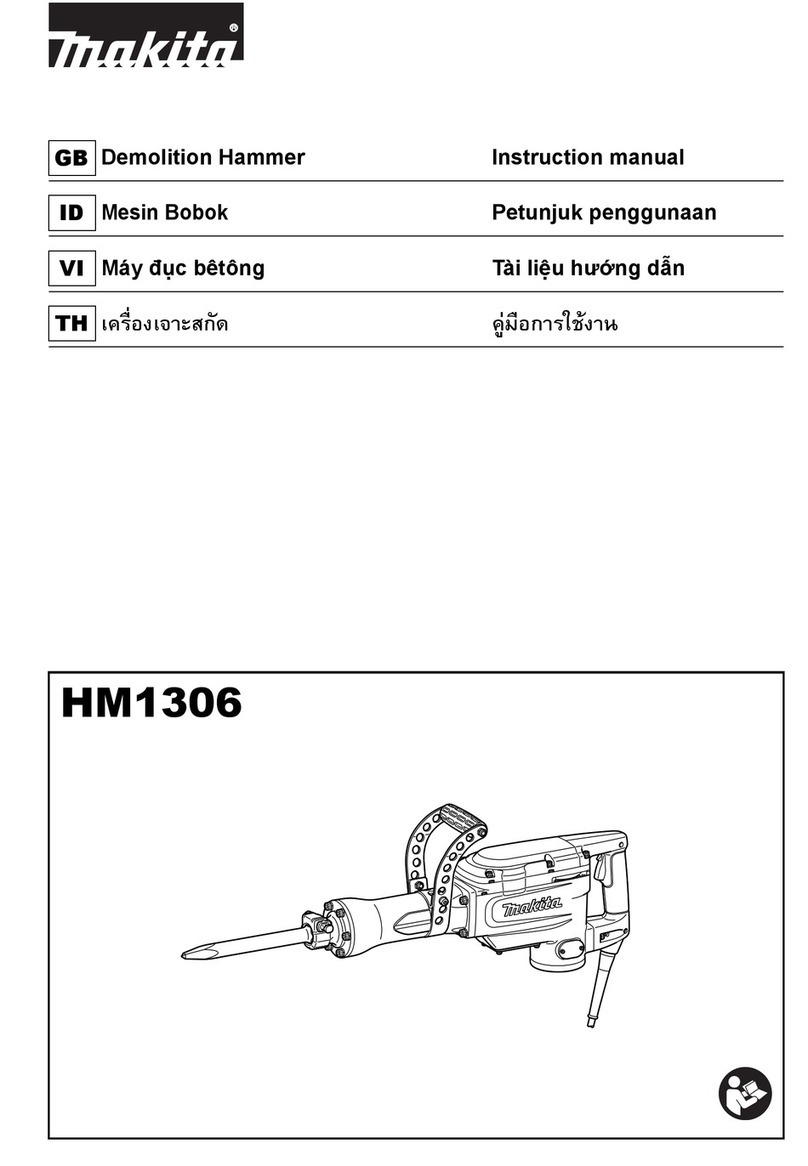
Makita
Makita HM1306 User manual

Makita
Makita 4350CT User manual
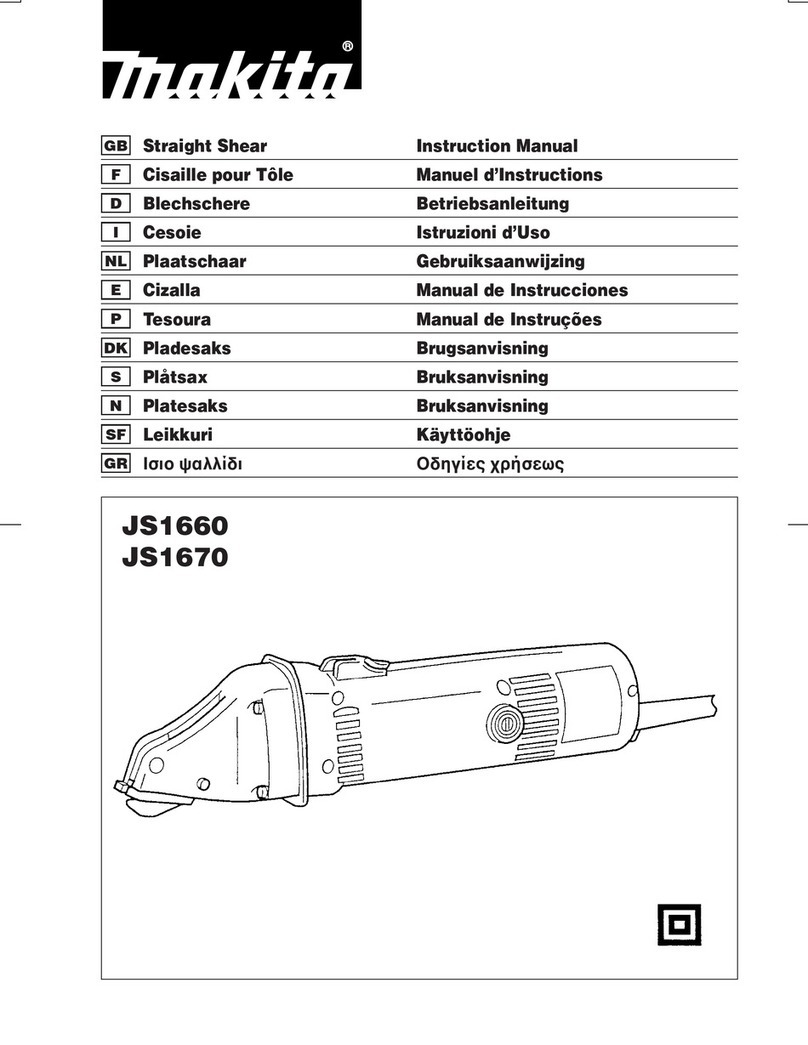
Makita
Makita STRAIGHT SHEAR JS1660 User manual
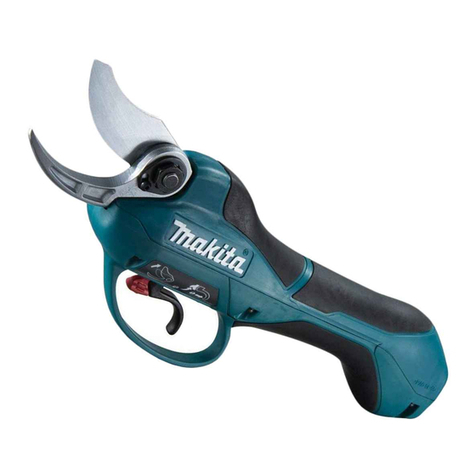
Makita
Makita DUP361 User manual
Popular Power Tools manuals by other brands
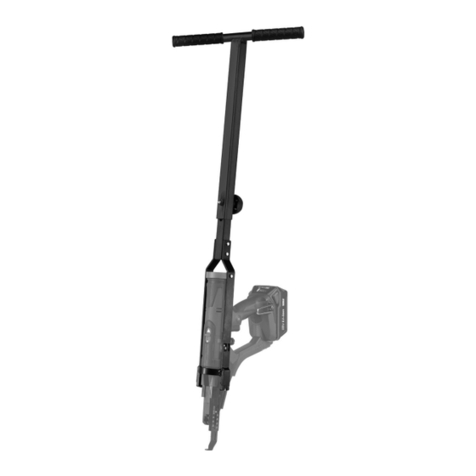
Senco
Senco DuraSpin ExTPro installation instructions
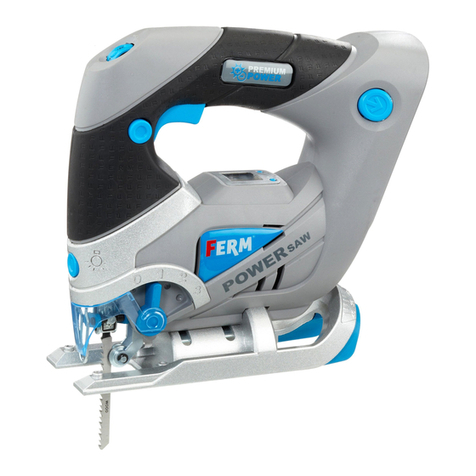
Ferm
Ferm JSM1020 Original instructions

Milwaukee
Milwaukee M12 FUEL 2559-20 Operator's manual

EINHELL
EINHELL BT-CD 12/2 operating instructions
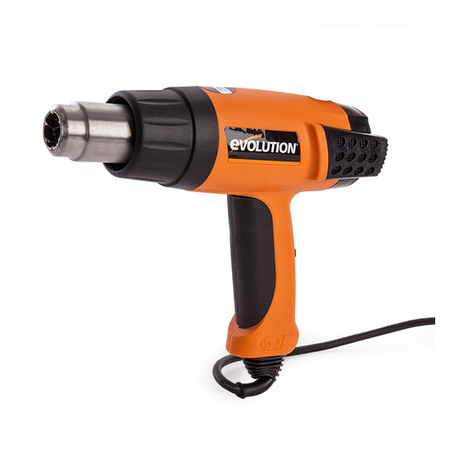
Evolution
Evolution HDG200 instruction manual
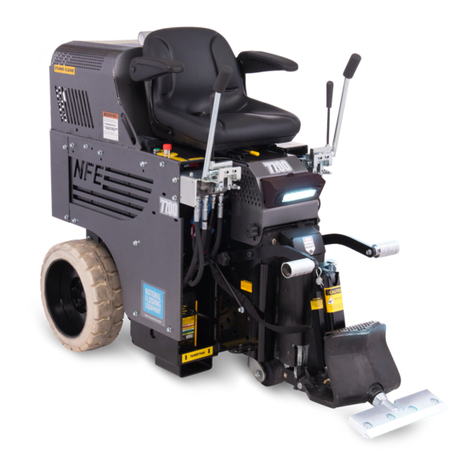
National Flooring Equipment
National Flooring Equipment 7700 Service manual
